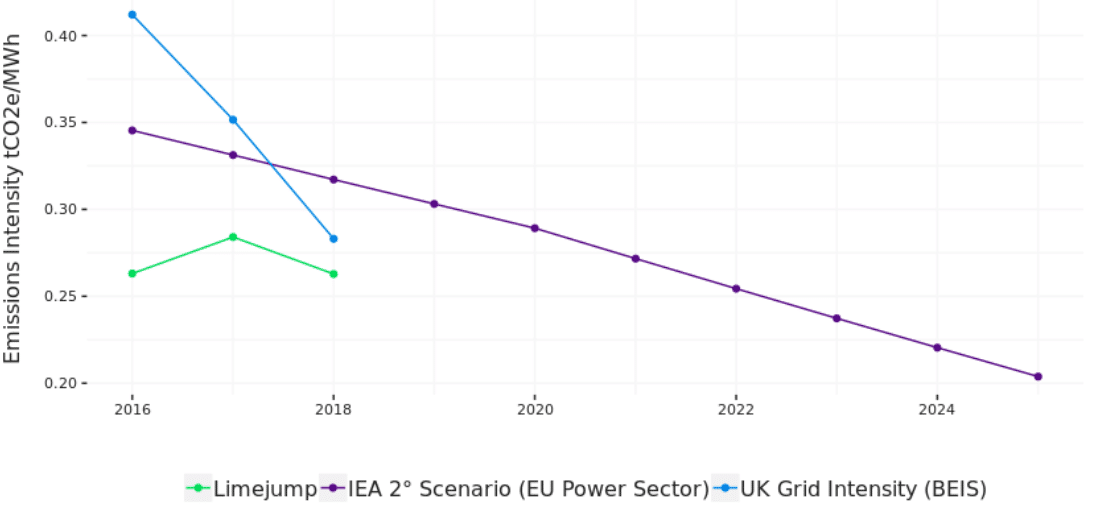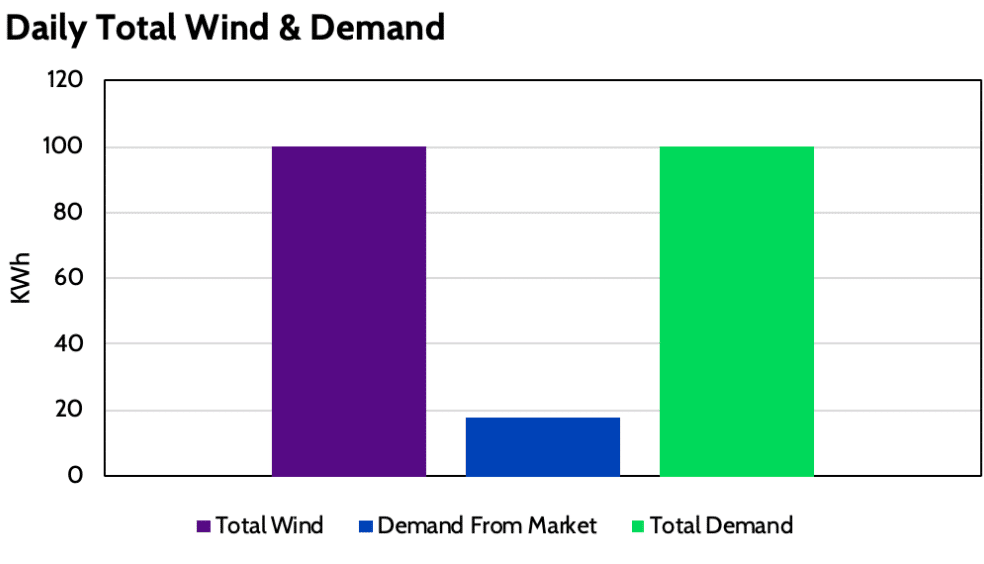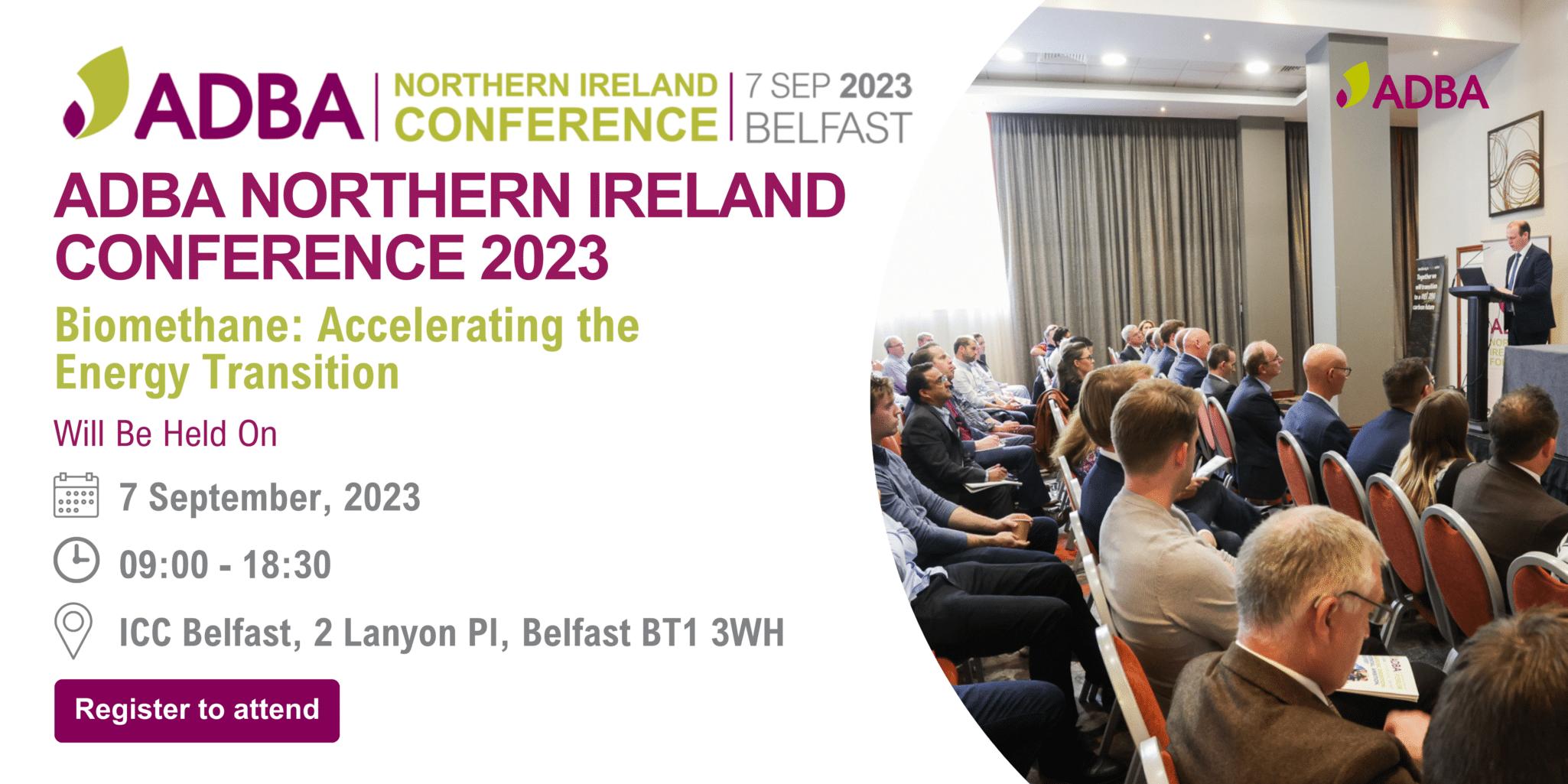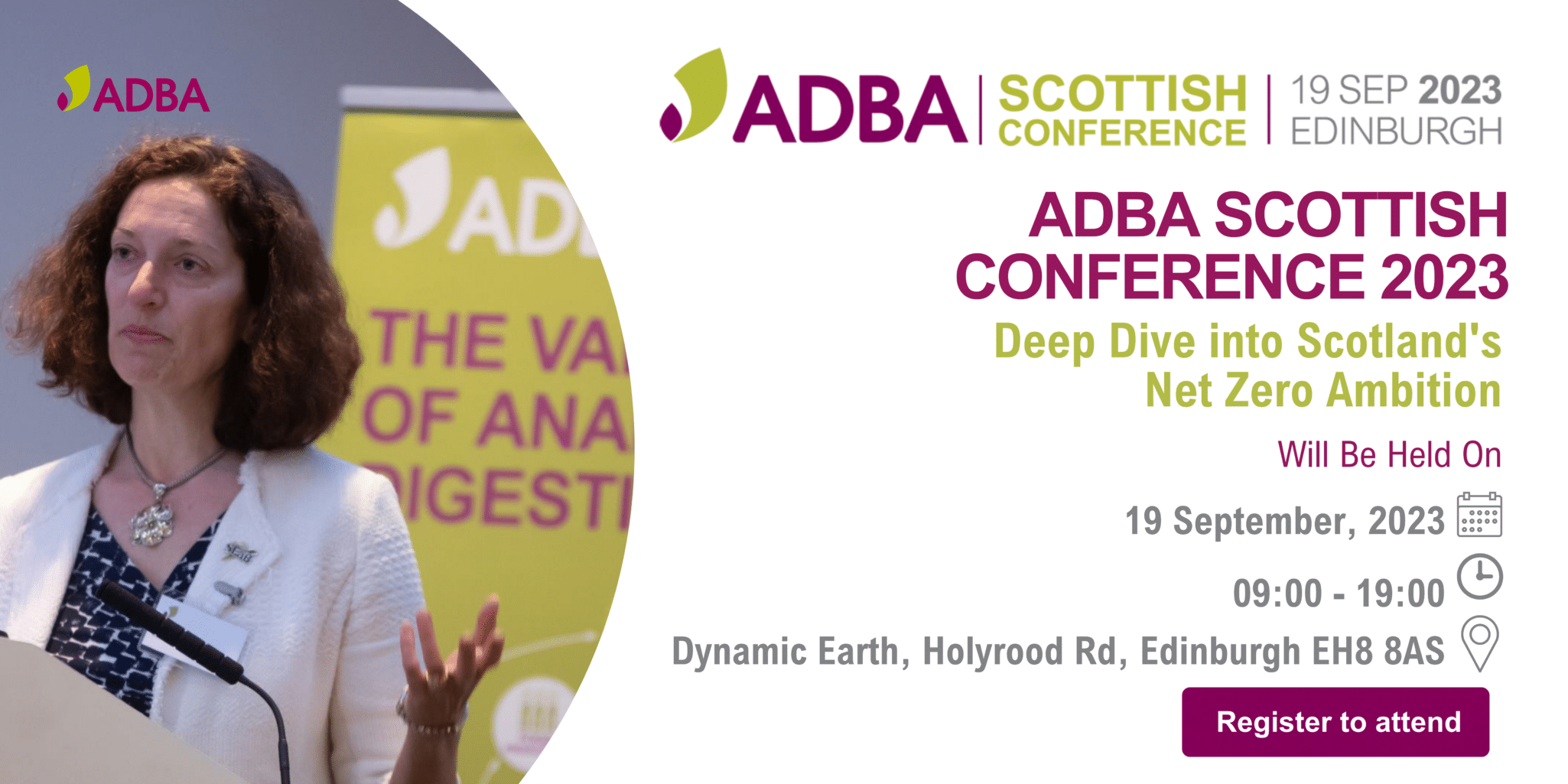MEMBER PRESS RELEASE - Vogelsang to present the HiCone for the wastewater sector at IFAT…
MEMBER BLOG: Limejump uses artificial intelligence to combat climate change
Erik Nygard, CEO & Co-Founder and the Limejump team
Last year’s report “Global Warming of 1.5C” by the UN’s Intergovernmental Panel on Climate Change highlighted the severe impact of inactivity towards tackling climate change and the urgency required to ensure that we, as a global tribe, do not sit idle and bear the consequence of an irreversible position for our planet.
The report highlighted the impacts of temperature increases beyond pre-industrial levels of 1.5°C and the exponential negative effect of an additional 2°C rise. Based on the current trajectory and levels of commitment, we are on course for a cataclysmic 3°C increase. We are already 1°C above pre-industrial levels and the impacts of this are evident with a reduction in sea ice and Arctic ice mass already observed. Other environmental effects identified include the number of devastating wildfires doubling since the 1970s and the frequency of severe storms and flooding. In fact, for many islands nations that lie just above or below water levels such as the Maldives and Fiji, this could mean residential land ending up submerged and many inhabitants are already relocating in anticipation of this. And this is just the risk posed to human populated areas – our natural environment faces severe and extinction-level implications.
There is no practical choice but to act. Even if some alternative breakthrough solution is achieved in say 20 years, why would anyone choose to take on this level of risk considering that by this time, irreversible changes will already have happened? Even if you are a sceptic – would you risk the future of your children or grandchildren at a poker game? This is a life and death situation, no other channels for debate or discussion exist.
This is the ultimate opportunity to show how people and governments across the world can unify to a single vision – protect our lives and planet through proactive action, change the course of this destruction, and provide a potential platform from which our climate can begin to recover.
If world leaders from our government and business, sports or art or any vocation are unable to unify and align, then I really fear we have a problem with a basic understanding of global ownership and responsibility. The time for finger pointing has ended – there must be clear solutions devised and decisive action taken.
Here at Limejump, we are driven to deliver a fully sustainable future harnessing data and technology. We view this as a revolution for positive change. As a company supporting the decentralisation, decarbonisation and digitisation of the energy industry, we are determined to take a leading role by deploying software and data science to enhance the use of distributed and intermittent renewable resources. In this way, we hope to make an impact in mitigating the current trajectory of climate change. The status quo is not working and customers need to be empowered to make changes and earn value from being proactive, whilst ensuring we deliver on this vision.
Our goal is to deliver 100% renewable energy at all times to our customers through the real-time direct connectivity between renewable energy sources, storage flexibility such as batteries and demand response, without relying on offsetting through renewable credits. We use our tools, data science and Artificial Intelligence (AI), to fight the impact of climate change, with the ultimate ambition of delivering a sustainable energy future.
This is not an exercise in greenwashing. We stand by our statements and to deliver on this promise – we will start publishing how we are progressing on our journey towards a long-term goal of zero carbon intensity. This means the following:
• delivering 100% renewable energy, delivered at all time and without using offsetting credits; and
• disclose our full Greenhouse Gas inventory publicly through the CDP.
To kick this off, Chart 1 below shows the majority of Limejump’s emissions are created by biomass and energy from waste generation, both emitters of CO2. However, we do have a growing mix of solar and wind in our portfolio.
Chart 1: Proportion of CO2 by technology type currently part of our Virtual Power Platform.

Limejump’s Virtual Power Platform is an aggregation of assets of different sizes and generation types. As we grow our business, our emissions are also increasing in absolute terms. However, our emissions intensity (on a per MWh basis) is falling. Using these technologies does mean that we may increase our emissions, in conjunction with our portfolio growth.
Chart 2: The changing mix of our portfolio over the past two years
 Illustrated in Chart 3 is a profile of our carbon intensity over the last two years, compared with the UK National Grid carbon intensity reported by the Department for Business, Energy and Industrial Strategy (BEIS), and the Energy Transition Pathway scenario for the EU power sector defined by the International Energy Agency as the potential methodology for limiting global warming to 2°C.
Illustrated in Chart 3 is a profile of our carbon intensity over the last two years, compared with the UK National Grid carbon intensity reported by the Department for Business, Energy and Industrial Strategy (BEIS), and the Energy Transition Pathway scenario for the EU power sector defined by the International Energy Agency as the potential methodology for limiting global warming to 2°C.
The reported UK National Grid carbon intensity has reduced rapidly over the last few years by replacing carbon sources with gas whilst Limejump’s intensity has remained relatively flat. In order for the UK National Grid carbon intensity to reduce further, increased gas replacements by renewables must be made a priority, which is possible through Limejump’s approach utilising data science and AI.
Technology and data science will allow us to deliver increased energy efficiencies and deliver goals which have a positive impact on climate change. In all cases, we will not hide behind statistics and will engage in both internal and external conversations to ensure our vision is realised.
Chart 3: Carbon Intensity Comparison

There is a need for further clarity in data and reporting. The commonly used battle cry of 100% renewable energy today equates to a calculation of either total volume across a period of time and/or the purchase of carbon credits to offset any emissions created by fossil fuel generation. To be clear, on a day where the total consumption equals the total generation, for specific periods we are still reliant on fossil fuels. Chart 4 below provides an example of how across a standard day, energy is bought from the market at a standard carbon intensity (some from fossil fuels). In this case, energy consumption cannot be declared as true 100% renewable energy.
Chart 4: Illustrating the status quo 100% renewable energy


To actually provide 100% renewable energy at all times, the surplus electricity provided by wind farms (as in the chart above) can be stored in a battery and then used to cover demand later in the day. Alternatively, a customer can decrease their energy use when there is not enough or increase it when surplus renewable energy is available. To achieve this, predictive wind output and predictive energy usage are required in near real-time speed, along with the ability to control the wind, batteries and demand, to react to imbalances. This requires a robust infrastructure platform and AI to manage energy at the scale required. This is not necessarily a new concept. But it is now becoming widely accepted that AI is going to play an important role in both mitigating and adapting to climate change, as recently highlighted in a report published in the US by think tank the Brookings Institution “How Artificial Intelligence will affect the future of energy and climate”.
This is where the industry needs to get to. As a global tribe, we must align and determine our future. We may not get to our goal next year, it could even be 10 or more years before we achieve this path, but here at Limejump we are fully committed to its realisation.
It’s a cliché, but no one is an island! We encourage you to join us on this exciting and world-changing journey. Follow us on our blog as we strive to change the world and deliver 100% renewable energy using data science and AI to combat climate change. After all, it’s just the future of our world at stake.



